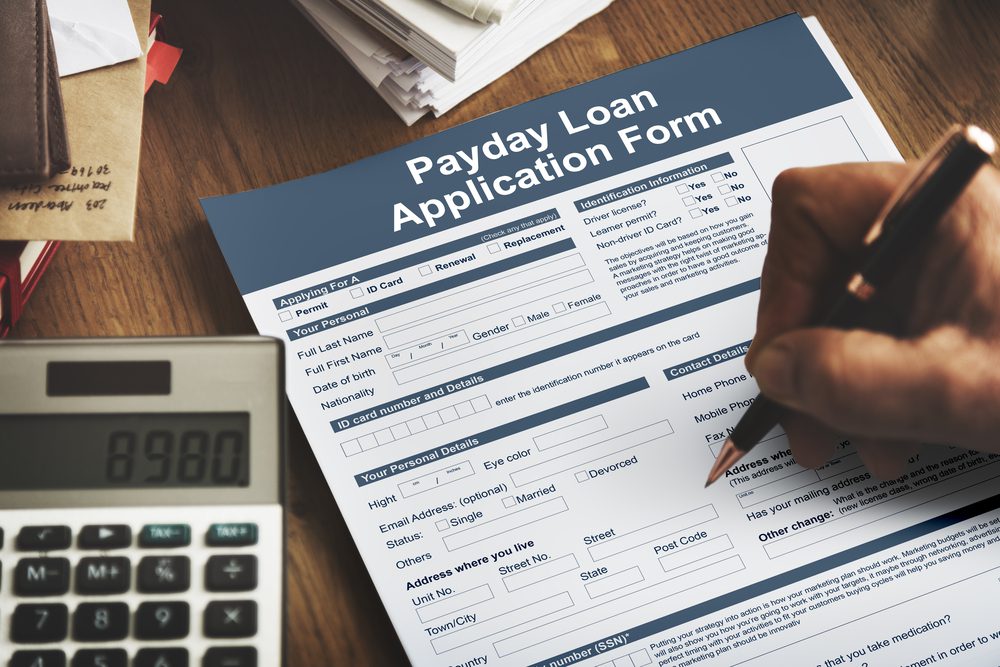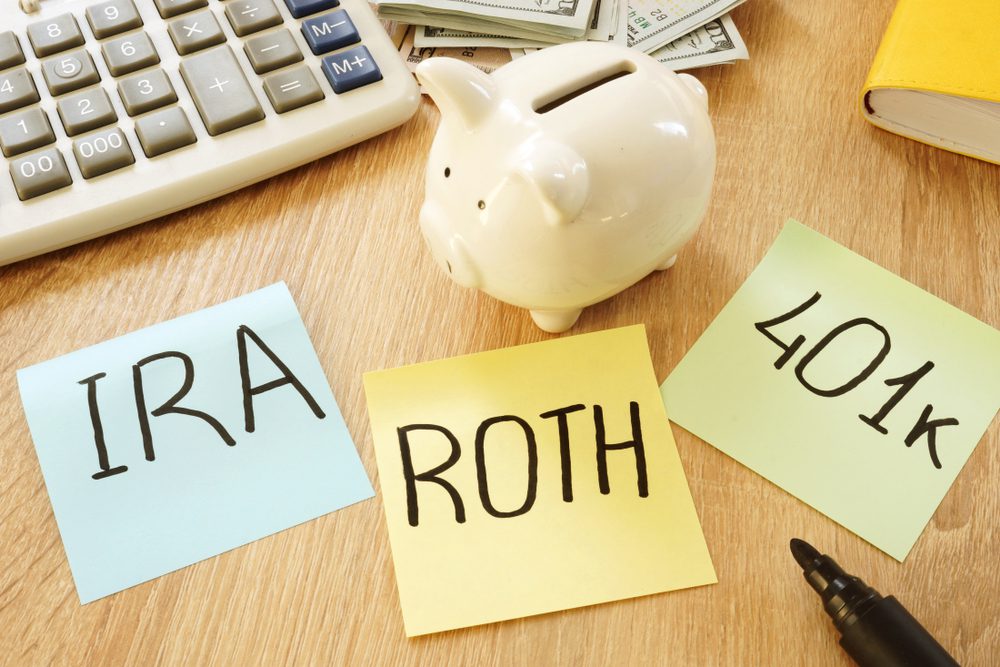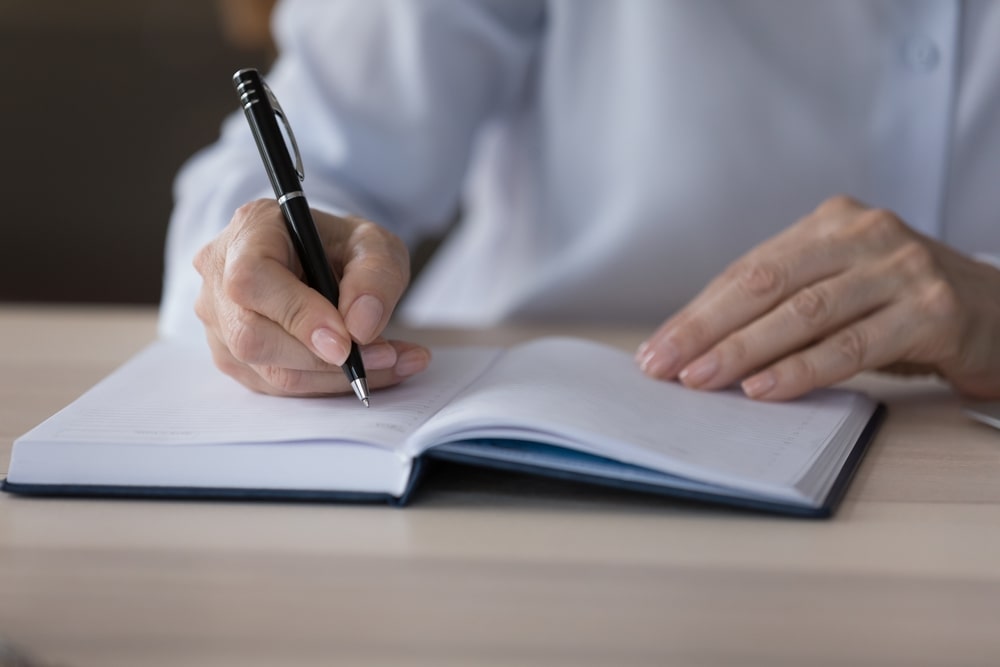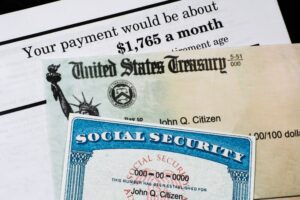Is there such a thing as good debt? Well, first off, let’s not get ahead of ourselves just yet.
Debt is something that, in this day and age, it seems nobody can truly avoid. Whether it’s for an emergency, house, car, or education we all come into contact with debt one way or another.
One way to gain long-term financial success is to understand the difference between good and bad debt. Good debt is used to acquire appreciating assets, meaning that if your gains offset the interest paid on your debt, you’re in luck! That’s a good sign. These assets can be tangible or intangible, like a property or an education.
Basically, if your debt is tied to something that can increase in value, you should consider it good debt. So if you can’t avoid taking on a loan- which seems to be the norm nowadays, you should ensure that the loan you take is a positive one that can help your finances grow in time.
Let’s talk about some examples of good debt first.

Mortgages
If it makes financial sense to you, you should pursue getting a home mortgage. A bank has to trust you enough to give you a huge sum of money- that’s a good thing.
Once you purchase your home, it’s very likely for it to increase in value over time, meaning that it’ll eventually increase your net worth and can even surpass the amount you owe to the bank.
So, without incurring the initial debt, you wouldn’t have had such a valuable asset, to begin with. In this case, the pros vastly outweigh the cons.
Home equity loans/line of credit
A step further from a mortgage, a home equity loan or line of credit can also be used to increase your net worth and your property’s value. As with our previous point, a bank has to be certain that you’re financially stable and a good candidate for a loan, otherwise they won’t so much as think of offering you any money!
If your house has significant value, then you can borrow against it even if you’ve still got mortgage payments- but, if they’re manageable, then you shouldn’t worry about it. Of course, you may also get a line of credit after you’ve finished paying off your mortgage.
These are often used in order to add improvements to your home for example if you’re thinking of remodeling or expanding. This will, in turn, further expand its value.
But there is a fine line between home equity loans being good debts versus being bad debts. For example, if you use your home equity to buy a car or go on vacation (basically using it for anything that doesn’t add value to your property), then you’ve got ‘bad debt’ on your hands, as your assets will not increase in value with the money you’ve borrowed.
Student loans
While not all degrees are equal, it’s an undisputed fact that getting one will benefit you in the long run- especially when concerning finances. In 2019, a Federal Reserve study found that people with a bachelor’s degree earn around $30,000 more than those with just a high school diploma.
Suffice it to say, if you’re getting an education and thus incurring student loan debt, then you should consider this good debt. Your assets might not be tangible (with the exception of the physical diploma), but its value is immeasurable in terms of knowledge and the opportunities it opens up.
What’s considered bad debt?
On the other hand, we consider bad debt the kind of debt you incur for a purchase that cannot increase in value. Say, a car as opposed to a home. So you can evaluate whether a loan is bad or not by looking at the collateral.
If you have a debt that is associated with no collateral at all, then you’re looking at the worst kind of debt. In this example, going into debt for a vacation is a particularly bad move. Sure, you might have fun with your friends and family and that’s valuable time spent with your loved ones… but you cannot increase the monetary value of your initial purchase made with the help of that debt.
Lenders, in particular, won’t be happy if they’ve noticed you’ve acquired depreciating assets, like vacations or jewelry. They might put your creditworthiness into question, as this is not a good indicator of financial stability.
Now let’s look at some examples of bad debt.

Payday loans
Payday loans might look like a quick and easy solution to an emergency you simply don’t have the funds for. They are short term loans with very high-interest rates and are typically used by those who need money immediately for rent or other things that can no longer be postponed.
But since the interest on these loans can go up to more than 1,000%, it’s crucial that you avoid them at all costs. If you’re in a dire situation to begin with, then paying them back might be next to impossible.
Furthermore, individuals who can’t pay them back? They might end up in jail. So, if you can, it’s best to steer clear of these bad debts as they can be more troublesome than you might expect.
Auto/boat loans
If you want to buy a car (or a boat) and you don’t have enough cash to finalize the purchase, then getting a loan is the next logical step. And while this might be crucial to you and your daily life, you must also understand that as the value of your car goes down, you’ll basically be handling bad debt.
On average, a new car will lose around 10% of its value in the first month, and this depreciation will accumulate over time. That’s why it might make more financial sense for you to buy a lightly used car. Cars that are at least 20 years old will be significantly cheaper, so you might not even have to get a loan to begin with.
But, if you have to, try to get an interest-free loan either by looking for one specifically or negotiating with your lender. Future lenders will be critical of debts on which you’ve paid interest, so it’s best to avoid them in this situation.

Retirement account loans
If you don’t have an emergency fund and you find yourself in a situation where you really need money, borrowing from your 401(k) might sound like a good idea- but it’s far from it!
Doing so will incur penalties that will harm your retirement savings in the long run while setting you back months or even years. You’ll incur both fees and interests while investing less in your nest egg.
Of note is the fact that due to the COVID-19 outbreak, the CARES Act that passed in March now allows you to borrow money from your 401(k) without penalty, in order to recover from financial hardship. In this case, this is a viable last resort, but otherwise, you should avoid doing this.
Instead of tapping your 401(k) and putting your financial future at risk, invest in an emergency fund starting today so that when disaster strikes, you’ll be ready to tackle it!
Credit cards
Credit card debt is typically seen as bad debt by most financial advisors. But let’s first talk about how to make it unproblematic. If you have a low balance and high limit, also known as credit utilization, it’s proof that you’re responsible with money, so lenders won’t be discouraged to work with you in the future.
On the other hand, if you have multiple cards and high credit utilization and balances that are not paid off monthly? That’s a red flag and, sadly, something that is more and more likely in everyday life for thousands of Americans. These sort of behaviors will decimate your credit score.
If you use a credit monitoring service you’ll be able to stay on top of your credit score and ensure that you’re not doing anything to damage your finances.
For some more helpful finance tips, we recommend you also read: Do You Splurge Often? Here Are 14 Times You Don’t Have to Waste Money










